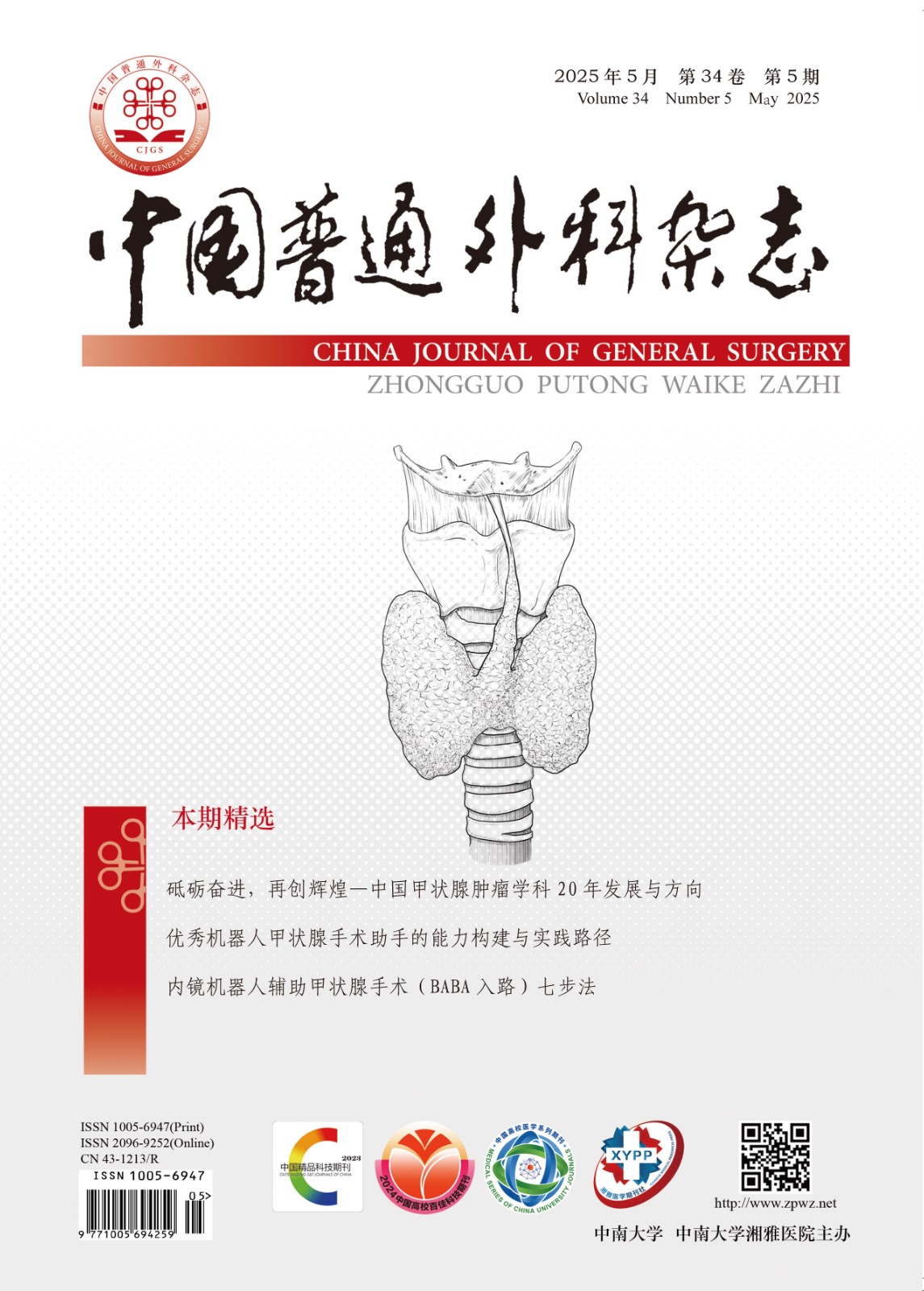Abstract:ObjectiveTo study the clinical characteristics and the diagnosis and treatment of splenic tumors. MethodsThe clinical data of 56 cases of splenic tumors which diagnosis were confirmed by surgery and pathology were analyzed retrospectively. ResultsPrimary benign masses were found in 39 patients including splenic cyst in 25 patients, hemangioma in 9, hamartoma in 3, lymphangioma in 1, inflammatory pseudotumor in 1. Of the 39 patients with bengin tumors, 4 cases of splenic cyst, 1 hemangioma and 1 hamartoma underwent partial splenectomy; other underwent splenectomy; the results of the bengin tumors were successful except 5 cases were loss of follow up. Of 12 patients with primary malignant tumors including primary splenic lymphoma in 2, angiosarcoma in 2, reticulum cell sarcoma in 2, malignant fibrous histiocytoma in 2, leiomyosarcoma in 1, malignant neurinoma in 1, myofibroblastoma in 1, and unknown type in 1; of them, 1 underwent necrostic infective tissue debridement and drinage, 1 underwent splenectomy with partial pancreatectomy, other subjected to splenctomy with clearance of lymph nodes; among the followed up 8 cases, 3 survived for>5 years, 1 for 3 years, 4 for less than 1 year. In addition, metastatic tumors to the spleen were found in 5 patients, splenectomy with or without combined resection of other organs was performed in all 5 patients. Conclusions Imaging examination is the main method of diagnosis for splenic tumors. Partial splenectomy is recommended for benign tumors. For malignant splenic tumors, surgery, as the main aspect of combined therapy, is required.

